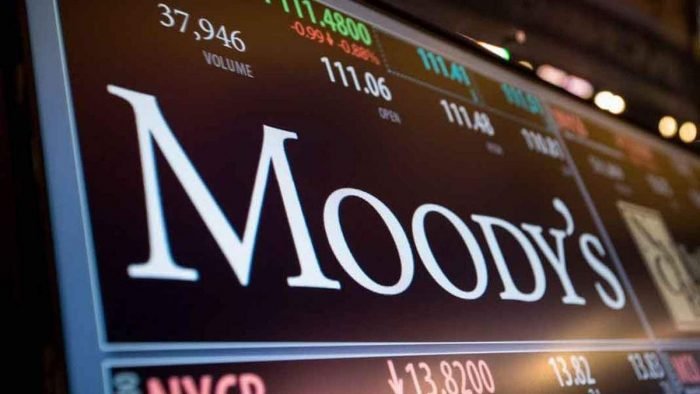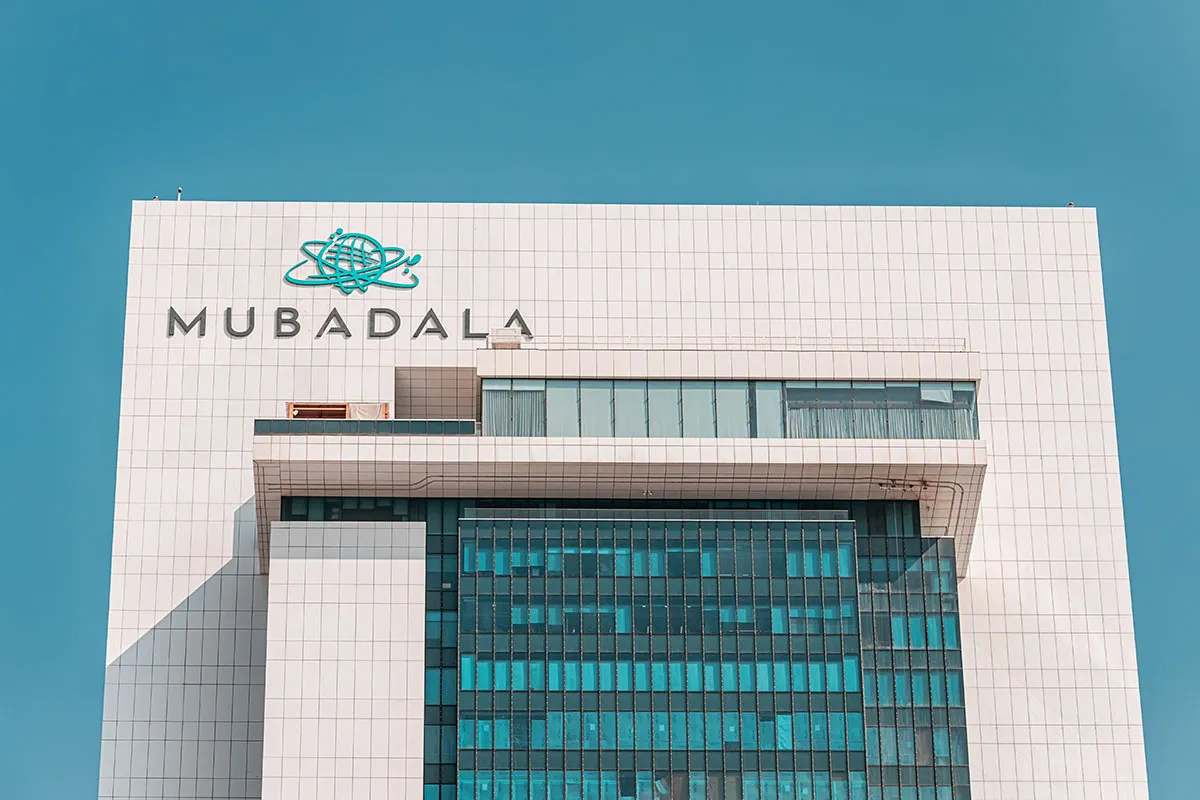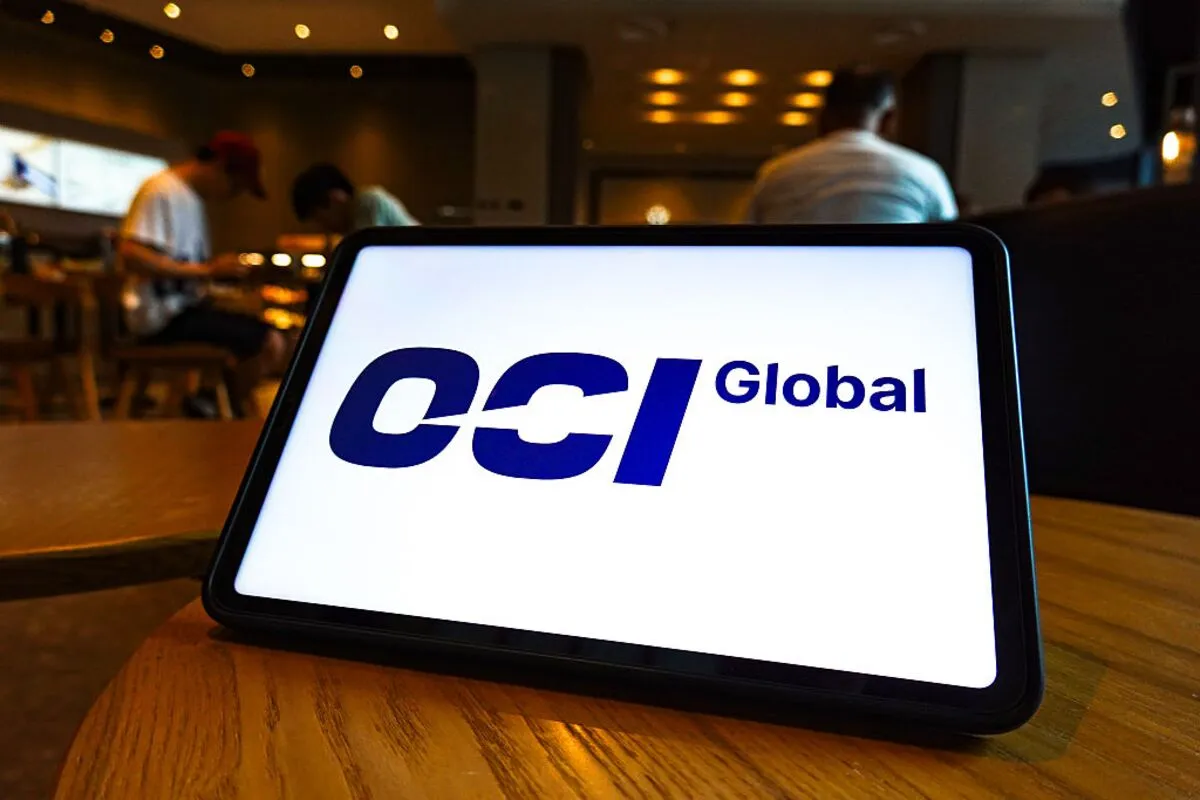Economic Outlook for Sub-Saharan Africa
Sub-Saharan Africa is poised for economic growth of 4.2% in 2025, up from an estimated 3.8% in 2024, according to a recent report by Moody’s Ratings. This anticipated growth exceeds the region’s average performance over the past decade, which was constrained by multiple global and regional challenges, including the 2014-2016 commodity price slump, the COVID-19 pandemic, and inflationary pressures stemming from the Russia-Ukraine conflict.
The report, titled Sovereign – Sub-Saharan Africa: 2025 Outlook Stable as Financing Conditions Improve; but Debt Costs Still High, highlights factors driving this recovery and outlines potential risks that could undermine the region’s economic progress.
Key Drivers of Growth
Energy and Infrastructure Investments
Economic growth in Angola and the Republic of Congo is expected to gain momentum, driven by the launch of new oil and gas projects. These initiatives aim to counterbalance declining output from aging fields, ensuring steady production levels. Similarly, infrastructure development across the region, supported by foreign direct investment, is set to boost connectivity and productivity.
Economic Reforms and Diversification
Major economies like South Africa and Nigeria are making strides in implementing reforms to enhance growth and stability:
- South Africa: Improvements in the energy sector, particularly the reduction of power outages, are expected to alleviate one of the country’s most significant economic bottlenecks. This progress could reinvigorate industrial and commercial activities.
- Nigeria: Efforts to reform the foreign exchange market are projected to create a more efficient economic environment, fostering investor confidence and enhancing liquidity.
Resource-Driven Opportunities
Countries with critical raw materials essential for the global energy transition are expected to attract substantial foreign direct investment (FDI). The Democratic Republic of Congo (DRC) and Namibia, both rich in minerals like cobalt and lithium, are positioned to benefit significantly from increased demand for these resources.
Challenges and Risks
Debt and Financing Constraints
Despite easing financial conditions, Sub-Saharan Africa faces ongoing challenges in accessing affordable financing. Moody’s notes that debt servicing remains a major burden, especially for nations with substantial external debt and limited foreign exchange reserves. A sustained appreciation of the US dollar could exacerbate these challenges by increasing the cost of servicing dollar-denominated debt.
Inflation and Monetary Policy
Lower inflation across the region is expected to support more accommodative monetary policies. However, interest rates, while likely to decrease, will remain above pre-pandemic levels. Countries must balance the need for monetary easing with the risk of destabilizing inflationary pressures.
Climate Risks
Climate change continues to threaten economic stability in the region. Zambia has already faced significant setbacks due to persistent drought, which has disrupted hydropower generation and mining output—key sectors of its economy. Prolonged adverse weather conditions could diminish the benefits of higher commodity prices, particularly in agriculture-dependent economies.
Political Instability
Political uncertainty remains a looming threat:
- Côte d’Ivoire: The prospect of President Alassane Ouattara running for a controversial fourth term in the October 2025 elections could lead to political tensions.
- Mozambique: Disputes surrounding the 2024 presidential election results may affect the country’s stability and deter investment.
- Sudan and Ethiopia: Ongoing conflicts and fragile peace agreements in these nations pose risks to regional stability and economic integration.
Sectoral Insights
Agriculture
Agriculture remains a cornerstone of many Sub-Saharan economies. Lower inflation will benefit farmers by reducing input costs, but climate risks threaten yields. Investments in climate-resilient agriculture and irrigation infrastructure are critical to ensuring food security and sustained growth in the sector.
Energy Transition and Mining
The energy transition presents a dual-edged opportunity. While countries like the DRC and Namibia are well-positioned to capitalize on demand for battery minerals, the region must address governance and environmental concerns to attract sustainable investment.
Services and Technology
The expanding services sector, particularly in technology and telecommunications, is another growth driver. Countries like Kenya and Rwanda have established themselves as hubs for fintech innovation, offering a model for regional growth through digital transformation.
Global Dynamics and Regional Cooperation
Trade Relationships
The African Continental Free Trade Area (AfCFTA) is expected to play a pivotal role in driving intra-regional trade and investment. By reducing trade barriers and harmonizing regulations, the AfCFTA could unlock new economic opportunities for member states.
International Partnerships
Sub-Saharan Africa’s growth trajectory will also depend on strategic partnerships with global powers. The involvement of countries like China, the United States, and the European Union in infrastructure and energy projects underscores the region’s importance in global economic and geopolitical calculations.
Outlook for Key Economies
- South Africa: While progress in energy reforms is promising, the country must address structural challenges, including unemployment and inequality, to sustain growth.
- Nigeria: Improving the foreign exchange market is a step forward, but addressing oil theft, corruption, and insecurity remains crucial.
- Angola and Republic of Congo: The success of new oil and gas projects will hinge on effective governance and global energy prices.
- Zambia: Diversifying the economy beyond copper production and investing in renewable energy are essential for long-term resilience.
Conclusion
Moody’s optimistic forecast of 4.2% growth for Sub-Saharan Africa in 2025 reflects the region’s potential to rebound from recent economic challenges. However, achieving this growth will require concerted efforts to address financing constraints, political risks, and climate vulnerabilities.
The region’s ability to leverage its vast natural resources, implement effective reforms, and strengthen regional cooperation will determine its trajectory in the coming years. With strategic planning and international support, Sub-Saharan Africa has the opportunity to cement its position as a dynamic and resilient economic bloc on the global stage.
Ready to take your career to the next level? Join our dynamic courses: ACCA, HESI A2, ATI TEAS 7 , HESI EXIT , NCLEX – RN and NCLEX – PN!🌟 Dive into a world of opportunities and empower yourself for success. Explore more at Serrari Ed and start your exciting journey today! ✨
photo source: Google
By: Montel Kamau
Serrari Financial Analyst
15th January, 2024
Article, Financial and News Disclaimer
The Value of a Financial Advisor
While this article offers valuable insights, it is essential to recognize that personal finance can be highly complex and unique to each individual. A financial advisor provides professional expertise and personalized guidance to help you make well-informed decisions tailored to your specific circumstances and goals.
Beyond offering knowledge, a financial advisor serves as a trusted partner to help you stay disciplined, avoid common pitfalls, and remain focused on your long-term objectives. Their perspective and experience can complement your own efforts, enhancing your financial well-being and ensuring a more confident approach to managing your finances.
Disclaimer: This article is for informational purposes only and does not constitute financial advice. Readers are encouraged to consult a licensed financial advisor to obtain guidance specific to their financial situation.
Article and News Disclaimer
The information provided on www.serrarigroup.com is for general informational purposes only. While we strive to keep the information up to date and accurate, we make no representations or warranties of any kind, express or implied, about the completeness, accuracy, reliability, suitability, or availability with respect to the website or the information, products, services, or related graphics contained on the website for any purpose. Any reliance you place on such information is therefore strictly at your own risk.
www.serrarigroup.com is not responsible for any errors or omissions, or for the results obtained from the use of this information. All information on the website is provided on an as-is basis, with no guarantee of completeness, accuracy, timeliness, or of the results obtained from the use of this information, and without warranty of any kind, express or implied, including but not limited to warranties of performance, merchantability, and fitness for a particular purpose.
In no event will www.serrarigroup.com be liable to you or anyone else for any decision made or action taken in reliance on the information provided on the website or for any consequential, special, or similar damages, even if advised of the possibility of such damages.
The articles, news, and information presented on www.serrarigroup.com reflect the opinions of the respective authors and contributors and do not necessarily represent the views of the website or its management. Any views or opinions expressed are solely those of the individual authors and do not represent the website's views or opinions as a whole.
The content on www.serrarigroup.com may include links to external websites, which are provided for convenience and informational purposes only. We have no control over the nature, content, and availability of those sites. The inclusion of any links does not necessarily imply a recommendation or endorsement of the views expressed within them.
Every effort is made to keep the website up and running smoothly. However, www.serrarigroup.com takes no responsibility for, and will not be liable for, the website being temporarily unavailable due to technical issues beyond our control.
Please note that laws, regulations, and information can change rapidly, and we advise you to conduct further research and seek professional advice when necessary.
By using www.serrarigroup.com, you agree to this disclaimer and its terms. If you do not agree with this disclaimer, please do not use the website.
www.serrarigroup.com, reserves the right to update, modify, or remove any part of this disclaimer without prior notice. It is your responsibility to review this disclaimer periodically for changes.
Serrari Group 2025












